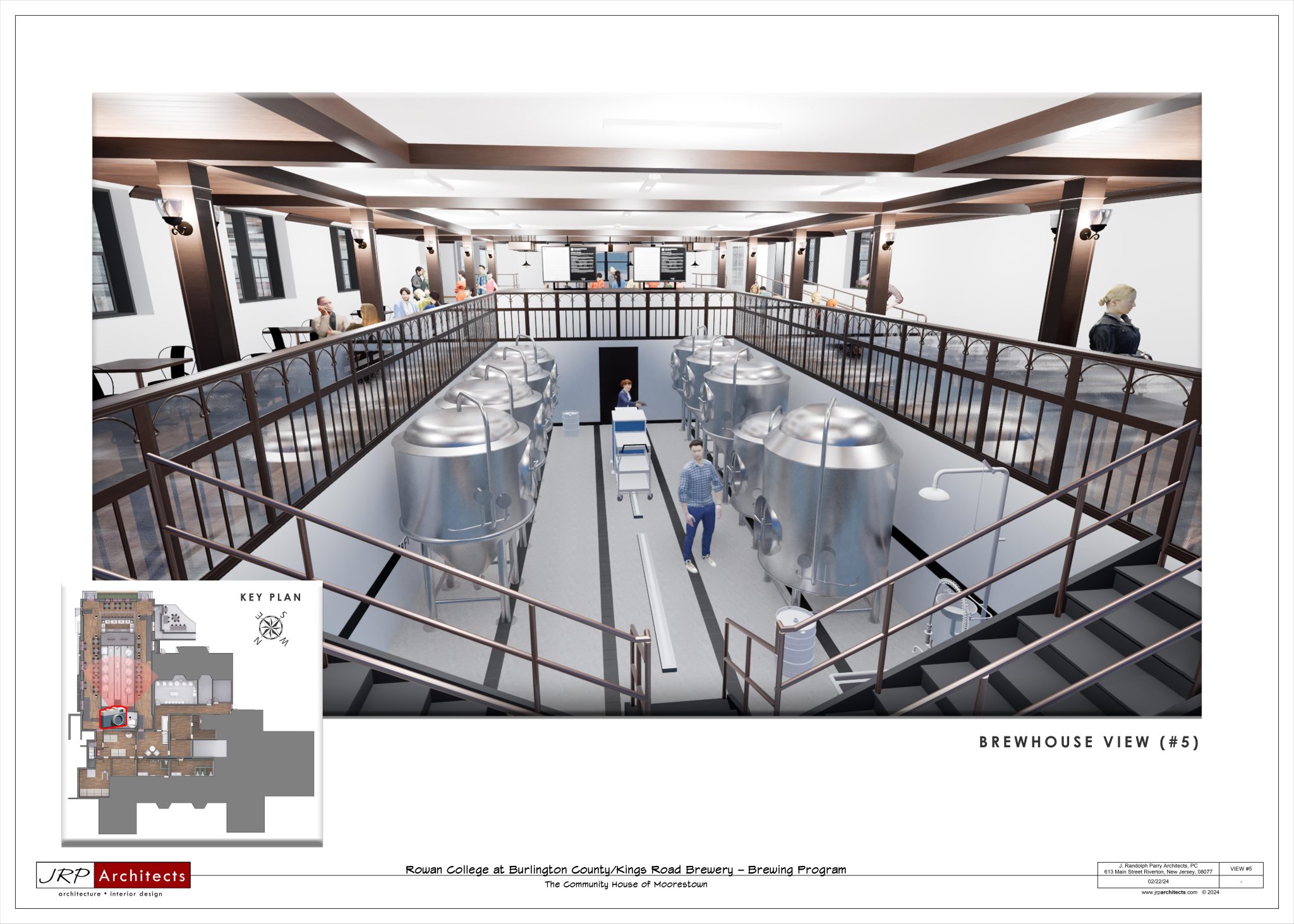
The U.S. Environmental Protection Agency’s Superfund program is responsible for cleaning some of our nation’s most contaminated land areas and responding to environmental emergencies, oil spills and natural disasters.
Its stated focus, according to epa.gov, is to make “a visible and lasting difference in communities, ensuring that people can live and work in healthy, vibrant places.”
The Ellis Property Superfund Site, a 36-acre tract of land in Evesham and Medford townships, is one such contaminated land area currently being cleaned. The EPA hosted a public information meeting concerning the project last Wednesday at the Evesham municipal building.
The site’s EPA project manager, Julie Nace, led the night’s presentation, starting with some background on the site and the original source of the contamination.
The property, originally a dairy farm, housed a shortlived steel drum reconditioning and recycling business that ceased operations in 1970 following a fire. At the time of the site discovery, several sheds were found to contain 50 to 75 drums and other chemical containers left behind, many of them full. Around 100 55-gallon plastic drums containing liquid also were discovered next to the sheds.
A significant amount of the drum contents had leaked into the ground. Surficial spills and discharges associated with drum reconditioning and chemical storage are believed to have contributed to the site’s soil and groundwater contamination.
An emergency cleanup operation was undertaken by the state in 1980. The abandoned drums were removed along with the contaminated soil and a water treatment plant was installed that remains in operation today.
According to Nace, the chemical contaminant being targeted by the cleanup efforts is a degreaser and solvent called trichloroethylene, found in the site’s soil and groundwater. This is what has been cycling through the treatment plant since its installation.
“There is no exposure to the community right now,” Nace assured residents. “You probably have to go down about 10 feet to find it and it’s down deep to 24 feet and sometimes as deep as 30 feet.”
In the 2000s, the EPA conducted a study at the treatment plant to find out how it could work more efficiently. The agency decided to come back with the New Jersey Department of Environmental Protection and perform an excavation of some source areas of contamination that were not getting cleaned up as fast as EPA would have liked.
“There is a lot of clay in the soil here,” Nace said. “It was hard for the treatment plant to get the contamination out of the water.”
As an alternative to the site’s full excavation — which would require running numerous truckloads of contaminated soil out of the property and through the streets of the community — thermal heating of the soil was recommended. This more modern method should remove contaminants from the soil and minimize the amount of excavation required.
This is where the project currently stands. The first phase, Nace says, should begin as early as January and will consist of around six months of targeted excavation, during which approximately 6,600 cubic yards of just the clay-filled contaminated soil will be taken off site (far less than the estimated 70,000 yards a full excavation would have required) and replaced with clean fill.
Construction of the thermal treatment system is slated for July. By the following fall, the system will be switched on and the soil heated to around 212 degrees Fahrenheit to vaporize the trichloroethylene contaminant. Extraction wells will then capture the vapor and bring it to the surface, where it will be treated and carted off for disposal.
A full recording of the meeting, including questions from the public, is available now on evesham-nj.org.



